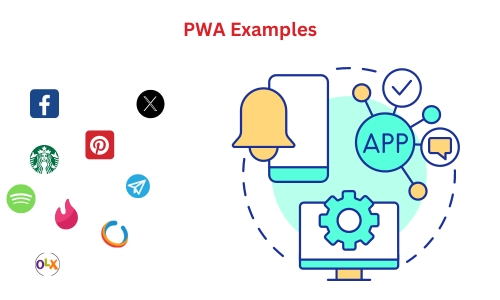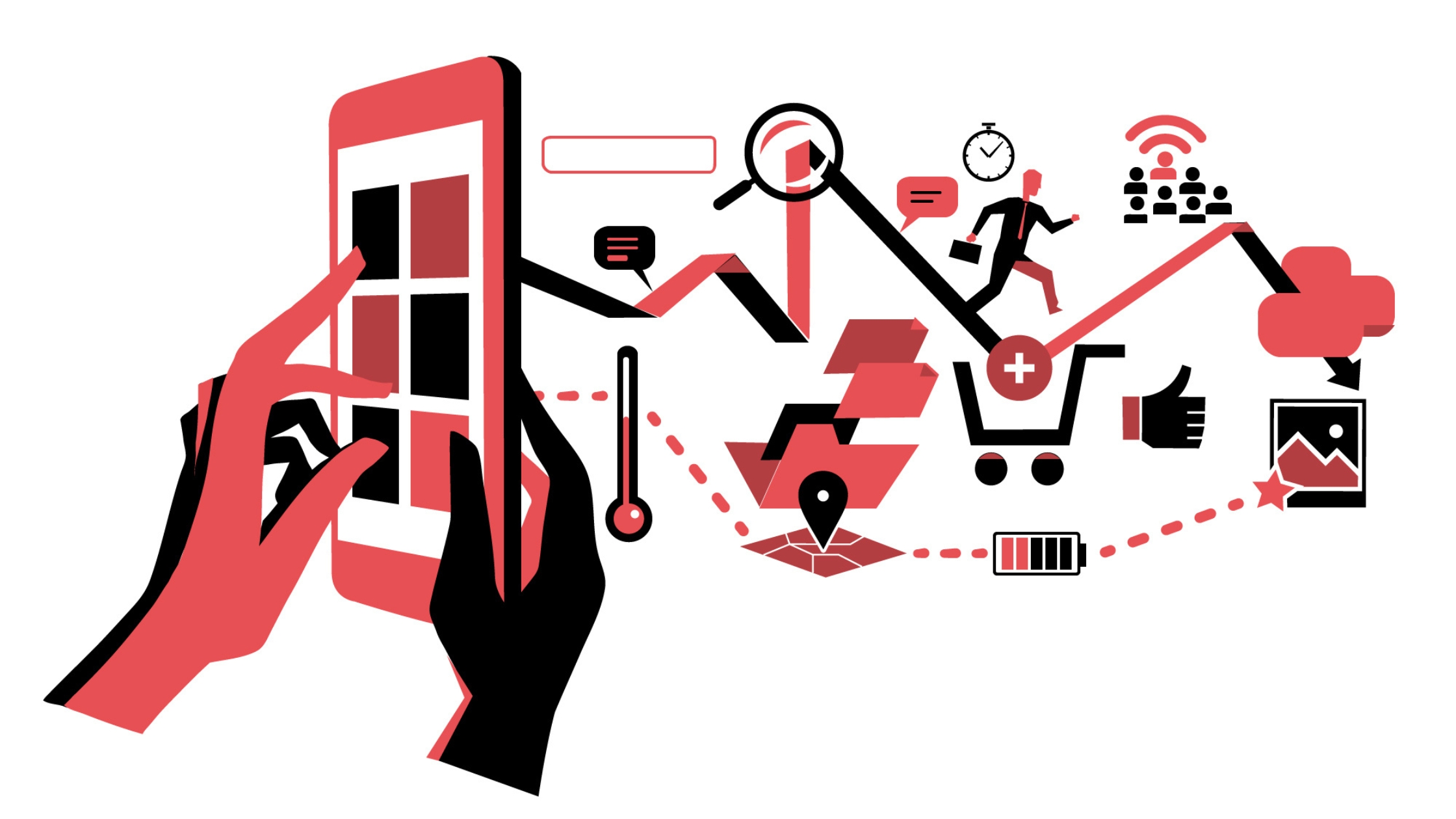Have you ever wondered what makes some websites appear and experience like apps on your telephone or tablet? How can they paintings offline, ship you notifications, and even be mounted on your private home display? The answer is that they may not be simply regular websites but Progressive Web Apps (PWAs).
What are Progressive Web Apps?
PWAs are net applications that use present-day internet technology to supply an app-like enjoyment to customers. They may be accessed through internet browsers and mounted on customers’ gadgets, permitting offline capability and push notifications. PWAs are also
- rapid
- reliable and
- attractive
- they load quickly
- work even when the community is terrible and
- keep customers involved with interactive capabilities.
Why are PWAs vital?
PWAs are essential because they offer many benefits for each user and developer; PWAs provide a higher personal experience than traditional websites, as they are more responsive, immersive, and handy. Users can also store statistics and garage space, as PWAs do not require downloading huge files or updating often. PWAs are more straightforward and less expensive for builders to build and hold than native apps, as they can run on several systems and gadgets from a single codebase. Developers can also reach more users, as PWAs do not need to be allotted via app shops; however, they may be found and shared through web links.
How to build a Progressive Web Apps?

Building a PWA isn’t always very distinct from building an ordinary website. However, it requires some extra steps and functions. Here are some of the primary additives of a PWA:
Internet app appears
This JSON record contains statistics about the PWA, including its call, icon, subject matter color, and show mode. The web app shows the browser how to present the PWA when hooked to the device.
Service worker
This JavaScript report runs in history and acts as a proxy between the PWA and the community. The carrier worker can cache resources locally and handle network requests and responses. The provider worker enables the PWA to paint offline and in the background and to push notifications.
Caching method
These fixed regulations determine how the PWA stores and retrieves resources from the cache. The caching strategy affects the performance and reliability of the PWA and should be chosen based on the type and frequency of the assets. Some common caching approach is:
Learn about creating fast websites! Richard Smith Amelia’s July blog post may contain tips and advice on how to build websites that load quickly, ensuring a better user experience.
Cache first
This strategy first attempts to serve assets from the cache and fetches them from the network if they are outside the store. This method suits static and seldom up-to-date sources, including pix, fonts, and stylesheets.
Network first
This strategy attempts to serve sources from the network first, and the most effective falls returned to the cache if the community fails. This approach suits dynamic and regularly updated references, including
- news articles
- feedback and
- consumer profiles.
Stale while revalidating
This strategy first serves resources from the cache; however, it fetches them from the network inside the historical past and updates the store with a clean response. This approach is ideal for resources that need to be updated frequently but not urgently, which include weather forecasts, stock charges, and social media feeds.
Consumer interface
This is the part of the PWA that customers see and interact with. The user interface should be responsive, available, and tasty. Some of the exceptional practices for designing a PWA user interface are:
Use responsive design
This approach is that the PWA should adapt to extraordinary display
- screen sizes
- orientations and
- resolutions and
- provide a consistent and
- premier personal experience across devices.
Use innovative enhancement
This means that the A needs to offer all customers the essential capability and content material, irrespective of the browser or tool they use, and then enhance the consumer experience with more excellent advanced features for users with current browsers and gadgets.
Use app-like interactions**:
This way, the PWA ought to mimic the look and sense of a native app and provide capabilities that include
- navigation
- menus
- buttons
- gestures
- animations and
- transitions.
Some examples of Progressive Web Apps are:

Starbucks
This PWA allows clients to browse the menu, customize their orders, and upload objects to their carts even if they’re offline¹.
Uber
This PWA presents a quick, dependable ride-hailing service that works on low-quit gadgets and networks.
Twitter Lite
This PWA provides a lightweight and statistics-efficient version of Twitter, with features including offline get
- admission
- push notifications and
- domestic display installation.
This PWA elevated the time spent on the website by 40%, ad sales by 40%, and center engagements by 60%.
Tinder
This PWA reduced the loading time by 68%, the data usage by 90%, and the app length by 98percent².
Trivago
This PWA multiplied the engagement by a hundred and fifty, the click-outs by ninety percent, and the hotel offers by 67p.C.
Telegram
This PWA is a stable and rapid messaging app that could work on any tool and network condition.
Step into the future of web experiences! Learn about the advantages and effective strategies for implementing Progressive Web Apps (PWAs) in this insightful article.
Spotify
This PWA is a track streaming carrier that gives offline playback, media controls, and home display screen installation.
BMW
This PWA is an automobile configurator that lets users customize their BMW models and think about them in 3D.
This PWA is a social networking platform that stepped forward the net version’s overall
- performance
- reliability and
- user experience.
Forbes
This PWA is a business information web page that extends the
- impressions in line with consultation via 10%
- the engagement using 100 hundred and
- the loading pace using 43%.
Google Maps
This PWA is a mapping service that offers
- navigation
- traffic and
- transit data
- with offline aid and domestic screen installation.
These are a number of the numerous PWAs that are converting the manner we construct and use websites.
Conclusion
PWAs are the future of web development, as they integrate the greatness of both worlds: the reach and versatility of the net and the overall performance and usability of local apps. PWAs allow you to create websites that can be speedy, reliable, and engaging, work offline, send notifications, and be hooked to the tool. If you want to study extra about PWAs, you could take a look at the resources:
– [Progressive web apps comprehensive guide that covers the concepts, components, and high-quality web.Dev]. This course breaks down every component of current PWA development, with activities and quizzes to check your understanding.


